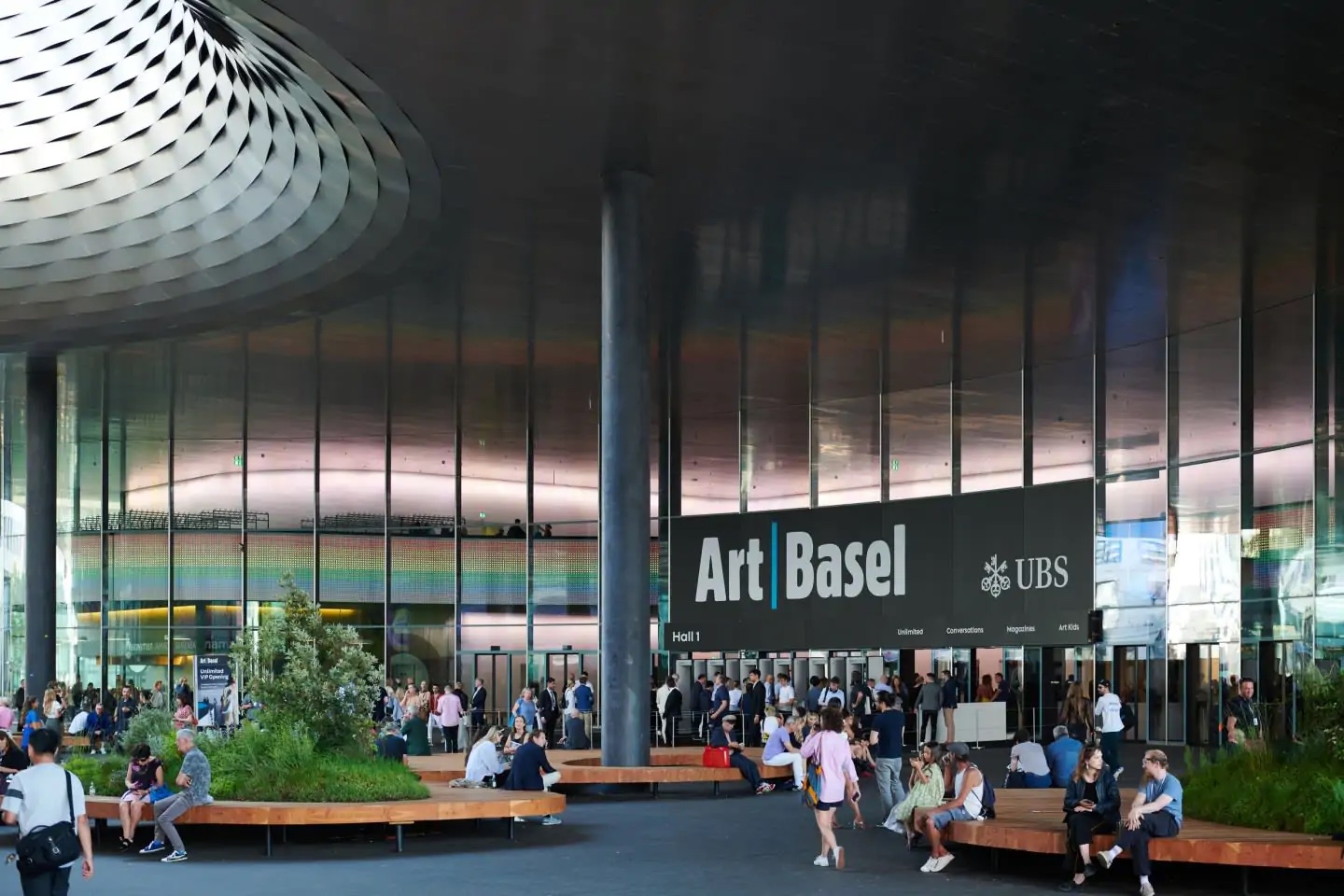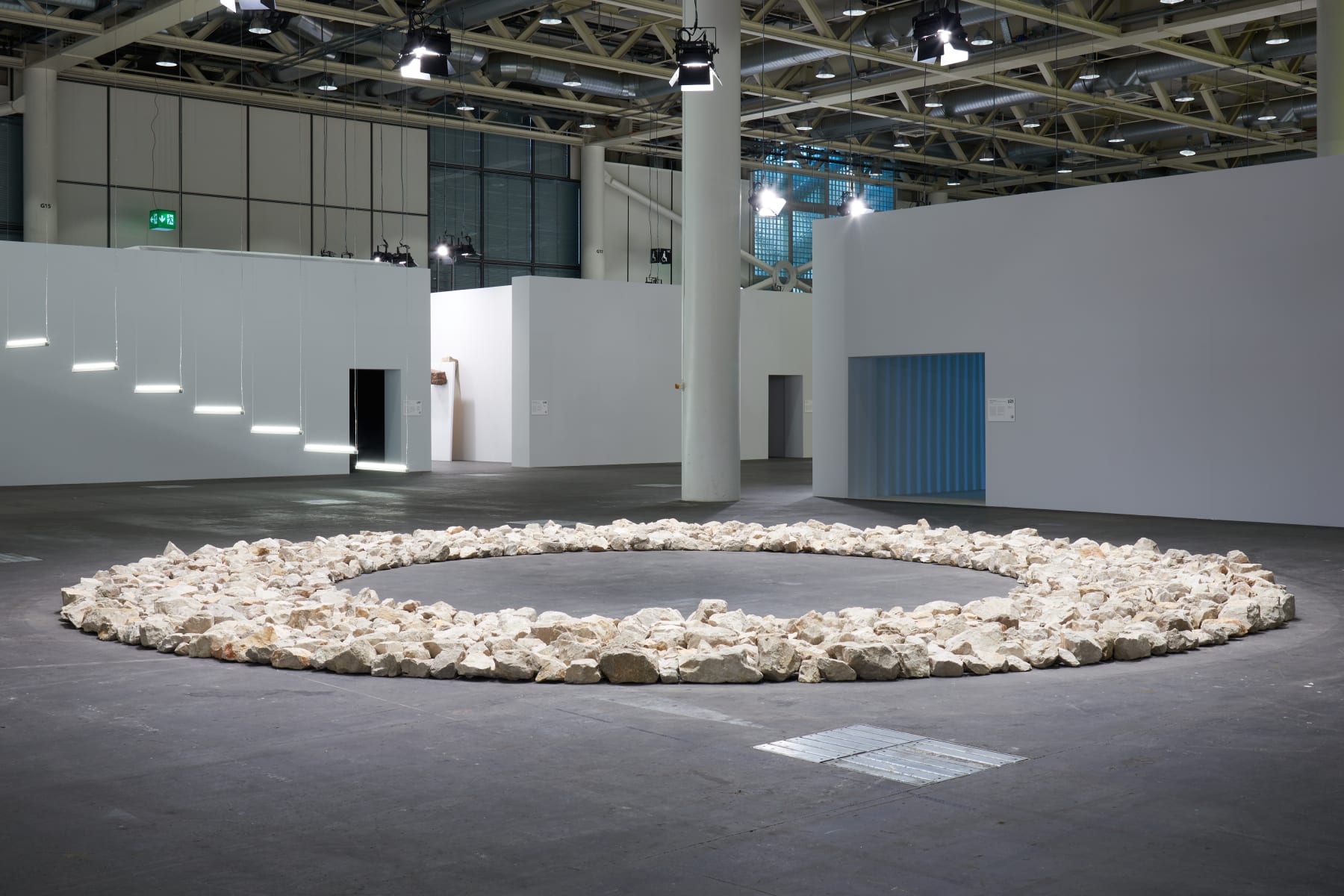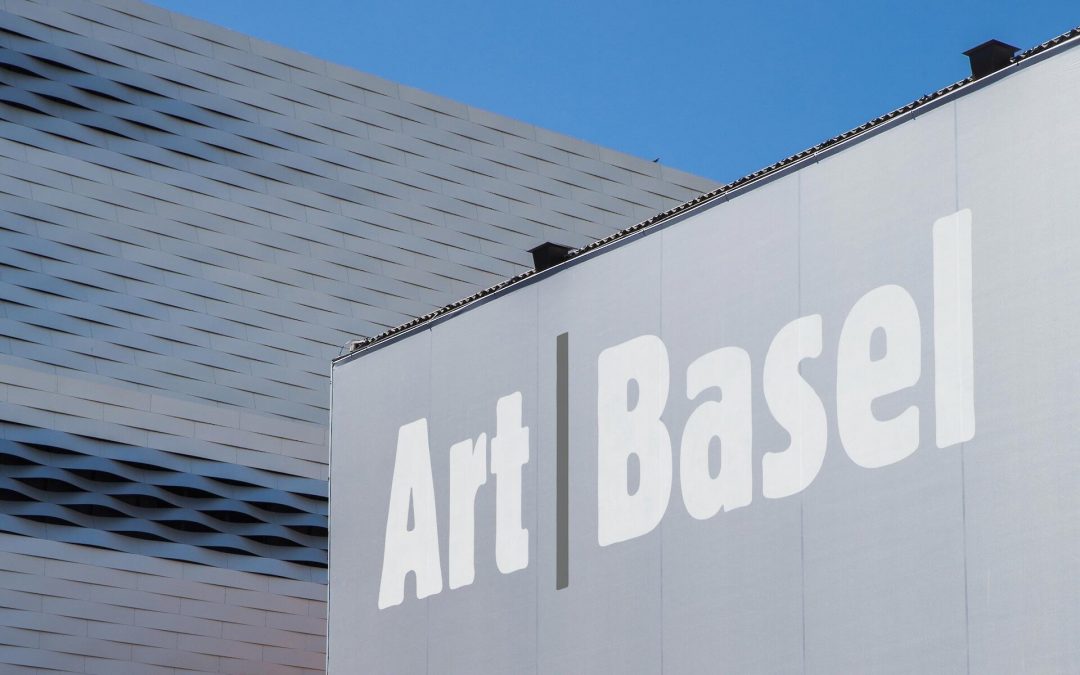The most awaited weekend for contemporary art: Art Basel 2023 opening
The art world is preparing for one of the busiest weekends of the year: from 15 to 18 June, in fact, will be held the 2023 edition of Art Basel, the international modern and contemporary art fair. This year 284 galleries from 36 countries and over 4 thousand artists will participate in the fair. Yesterday the Swiss city began to come alive thanks to preview events, collateral exhibitions and openings that anticipate the start of the major festival over the weekend.

Art Basel in Basel, 2022
Courtesy Art Basel
Directed by Vincenzo de Bellis and coordinated by Noah Horowitz as CEO, Art Basel offers, in addition to the main Galleries section, numerous alternatives to explore different aspects of the art world. Among these we find Statements, dedicated to emerging artists, Feature, with the projects of 16 galleries focused on historical works and Edition, exclusively devoted to prints and editions. Kabinett is the novelty of this Swiss edition, which includes shows on specific themes within the individual stands of the exhibitors, further expanding the cultural value at the fair.
The Unlimited section, led by Giovanni Carmine and dedicated to monumental works, is establishing itself as one of the most exciting sectors of Art Basel, which has never been able to resume its pre-pandemic magnificence as this year. Since yesterday 12 June, 76 installations have filled the vast exhibition pavilion, including well-known names such as Barbara Kruger, Bruce Nauman, Christian Marclay, Olaf Nicolai, and Monica Bonvicini. Finally, with Parcours, the fair goes beyond its traditional boundaries by revealing 25 public and site-specific art projects that take over the city centre with installations, sculptures, interventions and performances.

Richard Long, Zugspitz Circle, 1998, exhibited at the section Unlimited of Art Basel 2023
Courtesy Art Basel
However, installations and works of art will not be the only protagonists of the program: Conversations, in fact, includes a panel of 12 talks curated by Emily Butler and conducted by over 50 figures from the world of culture, focusing on issues such as care, the community and connectivity. The Film sector, on the other hand, will offer a place open to dialogue and discovery, where artists, directors and institutions will involve the public in a series of screenings, live performances, surveys and conversations.

